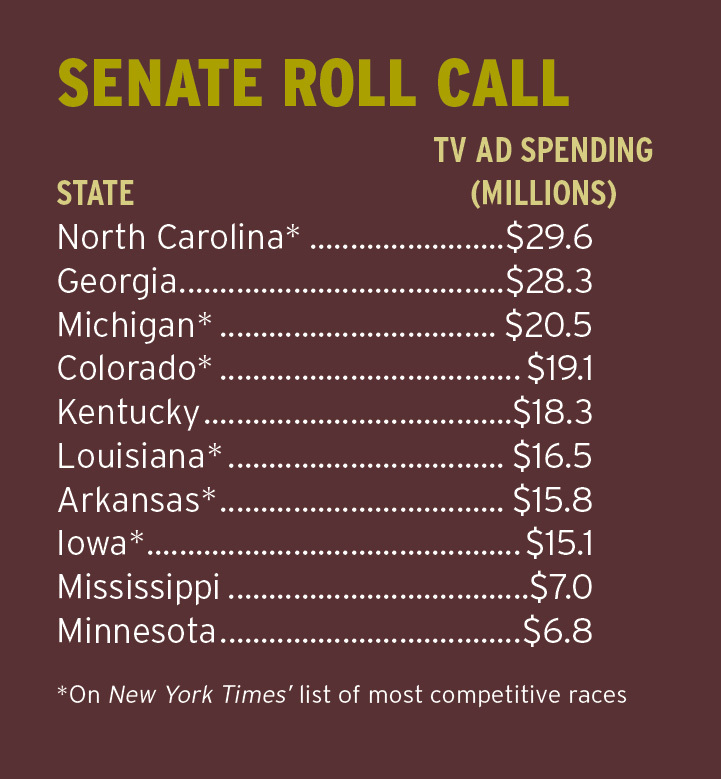Few Neutral on Net Rules

The FCC has wrapped up its comment period on network neutrality, and after wading through some 3.7 million remarks it has a self-described “rainbow” of options on how to restore no-blocking or antiunreasonable discrimination rules.
However, to cable operators, the commission’s Title II option may be best described as a storm cloud, with legacy regulations they say will kill innovation and investment, ostensibly removing the primary “green” from that rainbow.
It is hard to tell whether the Title II drumbeat out of the FCC is political defensiveness or a signal of trouble ahead for Internet service providers, but FCC chairman Tom Wheeler continues to assert that Title II reclassification of Internet Access Service is still an option, a point echoed by commission staffers at a recent open Internet forum at FCC headquarters.
That could be preaching to the crowd of Internet activists who have hammered Wheeler for proposing a solution that does not rely on Title II common carrier regulations, but cable operators, unwilling to take any chances, have been pushing back hard.
Voices on both sides are, as usual, exceptionally passionate about their positions. Scott Cleland, who heads the pro-competitive broadband forum Netcompetition—with members that include the National Cable & Telecommunications Association—says the Title II debate is about whether the FCC “will destroy everything Internet that was built upon the fundamental assumption of a user-centric, lighttouch information services regulation.”
On the other side, TV writers represented by the Writers Guild of America West argue that Title II is needed to keep the mojo of digital delivery going. “This is a critical issue for content creators who have increasingly looked to distribute their work on new digital platforms,” the WGAW told the FCC.
Wired ISPs are not the only ones worried about recent FCC rhetoric. Wireless operators are concerned about commission staffers’ talking up the possibility of extending antidiscrimination rules to wireless broadband given that is how people are increasingly surfing and streaming. Currently, the rules do not apply due to the different network management challenges of cellular architecture.
Broadcasting & Cable Newsletter
The smarter way to stay on top of broadcasting and cable industry. Sign up below
But some of the same folks pushing for Title II are pushing for applying the regs to wireless as well.
“Consumers deserve strong net neutrality protections whether they access content online from a computer or from a mobile phone,” Delara Derakhshani, policy counsel for Consumers Union, told the FCC in comments on the item.
Also among the rainbow of possibilities is one that would allow Web surfers to prioritize content they favor.
AT&T has proposed a form of self-directed discrimination, which could allow Web users to decide what content they want to get priority treatment: Say, a Netflix sub who prefers the service to be faster than a video streaming service they don’t subscribe to, or who wants to prioritize lightning-fast gaming. In fact, the suggestion isn’t new—AT&T had it back in 2010 and points out that “user-driven” discrimination has a number of backers.
The idea would be for the FCC to presumptively prohibit ISP-directed discrimination (AT&T believes concerns about that are overblown) but allow for users to decide on content they want to prioritize.

Whatever the outcome, Wheeler has signaled he is not going to rush the decision, which means new rules may or may not be ready by year’s end.
AND THE WINNER IS: TV
The latest New York Times calculations give Republicans a 67% chance of winning back the Senate next month, while Democrats have a 33% chance of winning enough seats to retain control. Whatever the outcome, television has been the big winner as the bucks pile up for political advertising for Senate candidates.
At last count two weeks ago, according to Center for Public Integrity massaging of CMAG data, $224.3 million has already been spent on TV ads in the current election cycle on Senate races alone. So far, North Carolina TV outlets are the biggest winners, with the area featuring one among a handful of toss-up races that will determine who gets the gavels come January.
At right are the top 10 states in TV ad spending on Senate midterm elections.
Contributing editor John Eggerton has been an editor and/or writer on media regulation, legislation and policy for over four decades, including covering the FCC, FTC, Congress, the major media trade associations, and the federal courts. In addition to Multichannel News and Broadcasting + Cable, his work has appeared in Radio World, TV Technology, TV Fax, This Week in Consumer Electronics, Variety and the Encyclopedia Britannica.

